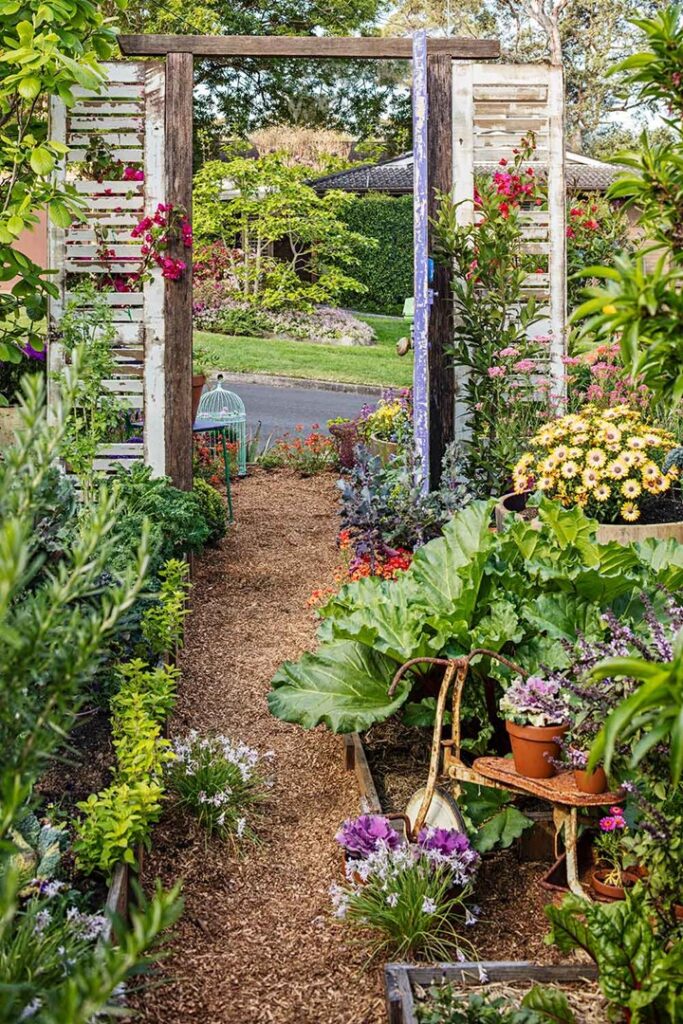No-one wants to waste water, but there’s no worse a waste than not putting enough on the garden.
Here are some tips and tricks when it comes to watering your garden in the summertime.
Soil absorption
Soil absorbs and holds water, and what you apply will only sink down so far before it’s all taken in by the soil. The less you apply, the more shallow the depth of soil that will be wetted and much of it will be lost to evaporation.
Tree roots and shrubs
The roots of trees and shrubs are virtually all in the top 200–300mm of soil, whereas those of smaller plants, such as flowers and vegies, may all be in the top 100–150mm of soil. That doesn’t sound very deep, but it takes quite a lot of water to wet that volume of soil. And it’s essential to get the water down to where the roots are.
Roots seek out water and if only the top few centimetres of soil are wetted, roots will rise up to the surface where they’ll be vulnerable to drying out. How much water it takes to wet a given depth of soil depends on the make-up of the soil.
Sandy soils
Soils that are sandy in texture take the least water to wet a given depth but dry out again quite quickly. Heavier, clay-based soils take the most water, but they also hold that water for the longest time so don’t need to be rewatered as often as sands. Loamy soils (an ideal mix of sand, clay, silt and organic matter) sit between the clays and the sands. Aim to apply 25–30mm each time you water. That will wet sandy soil to a depth of between 150–175mm, but only half that depth if your soil is clay based.
Sprinklers
To find out how long you need to run a sprinkler to deliver that amount of water, place a rain gauge, or a straight-sided jar or tin, within the range of the sprinkler. Turn the sprinkler on full and note the time. In exactly 15 minutes turn the sprinkler off and measure the depth of the water collected. Multiply that figure by four to get an hourly rate of delivery in millimetres.
To check on moisture penetration, wait two hours then dig down. Adjust the length of sprinkler operation in order to wet the soil to root depth.

Source BHG.com.au
Disclaimer: The opinions posted within this blog are those of the writer and do not necessarily reflect the views of Better Homes and Gardens® Real Estate, others employed by Better Homes and Gardens® Real Estate or the organisations with which the network is affiliated. The author takes full responsibility for his opinions and does not hold Better Homes and Gardens® Real Estate or any third party responsible for anything in the posted content. The author freely admits that his views may not be the same as those of his colleagues, or third parties associated with the Better Homes and Gardens® Real Estate network.



